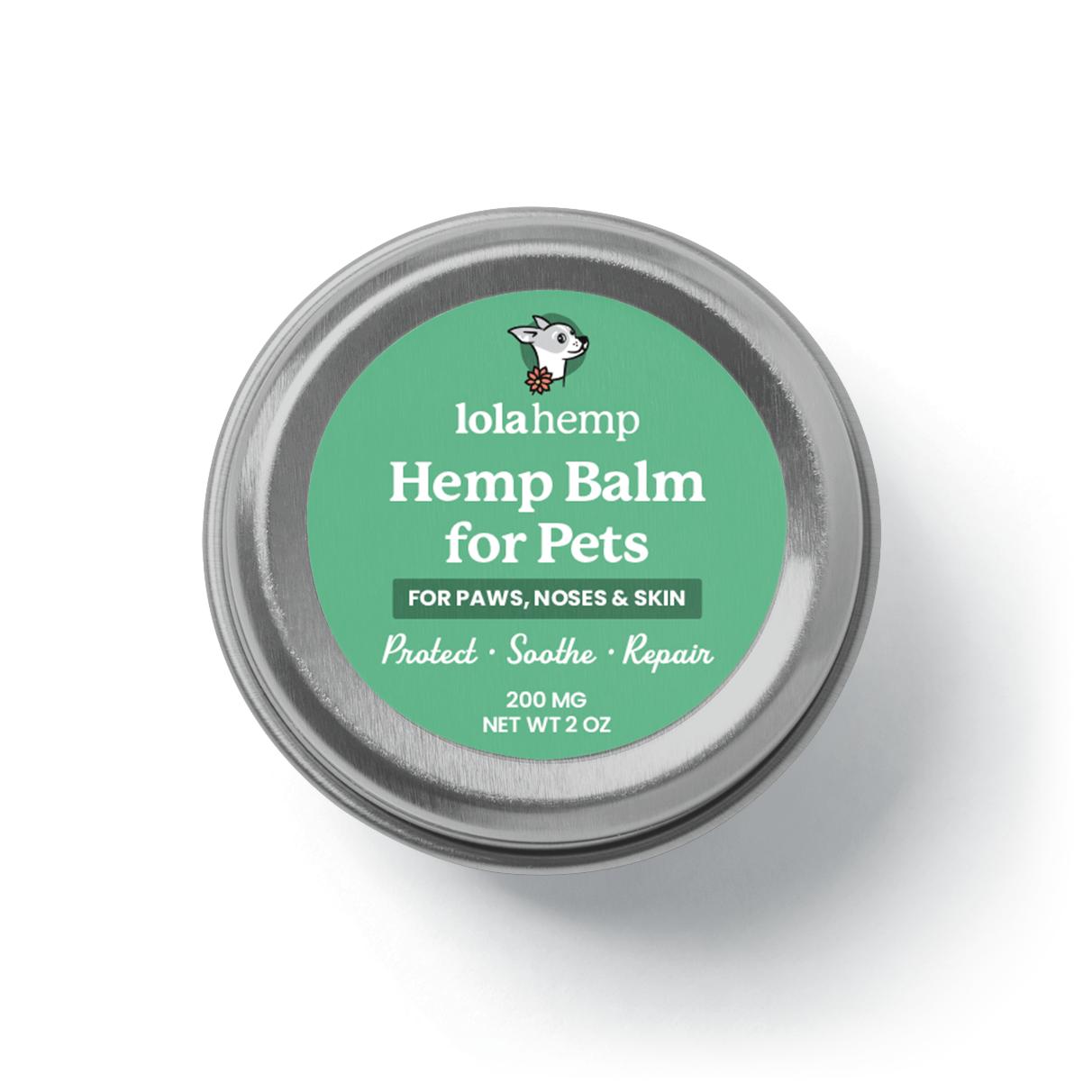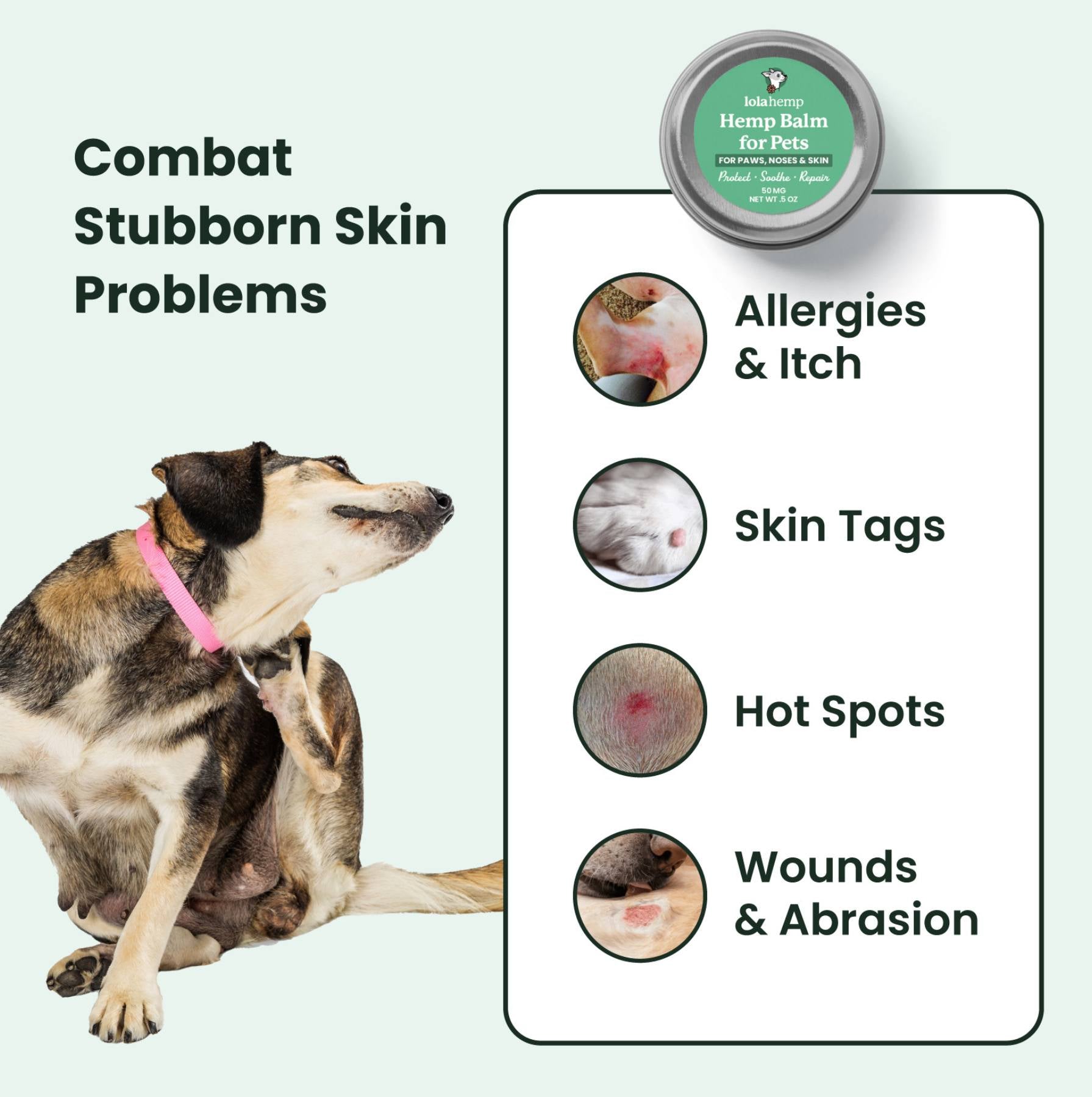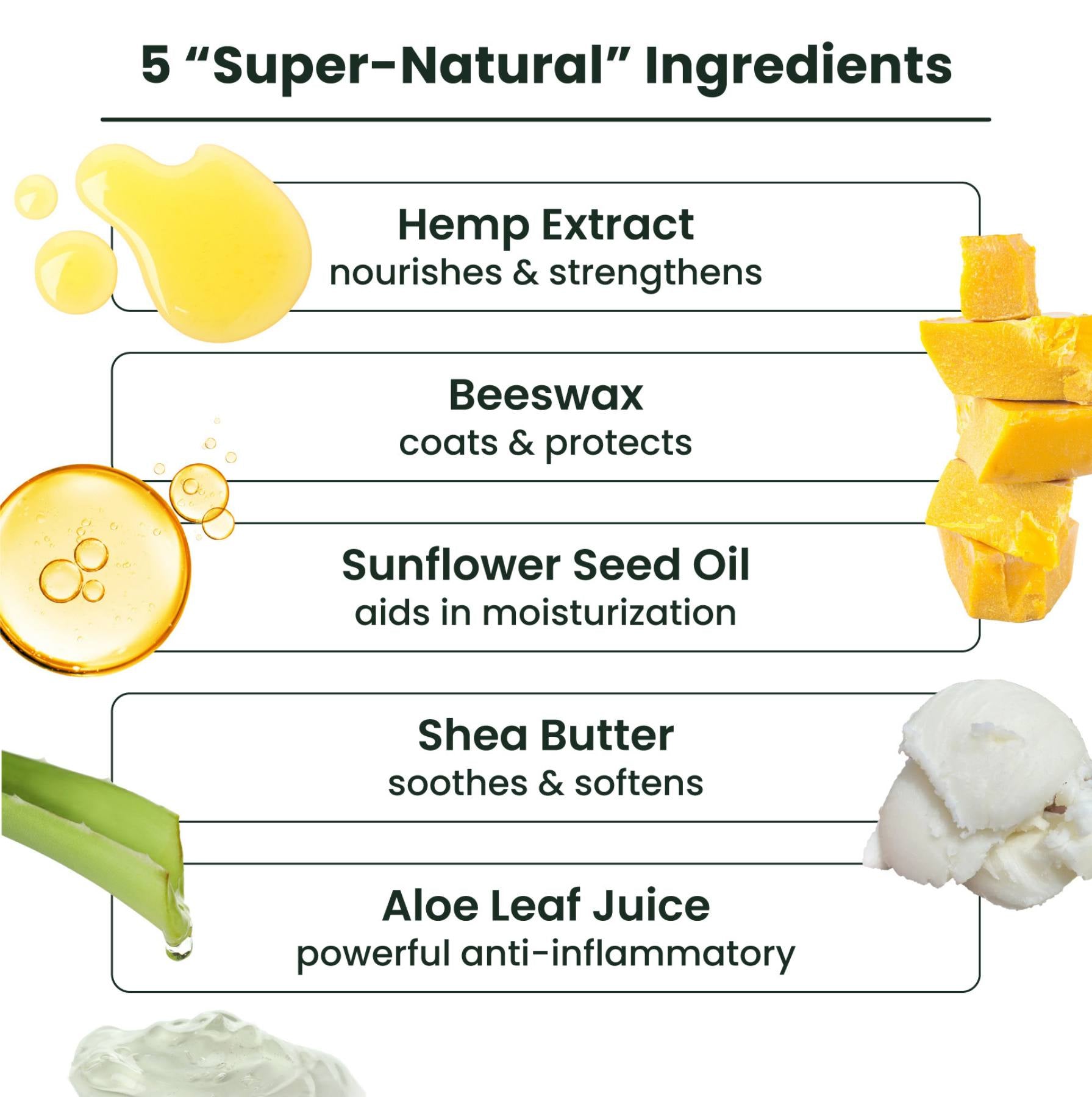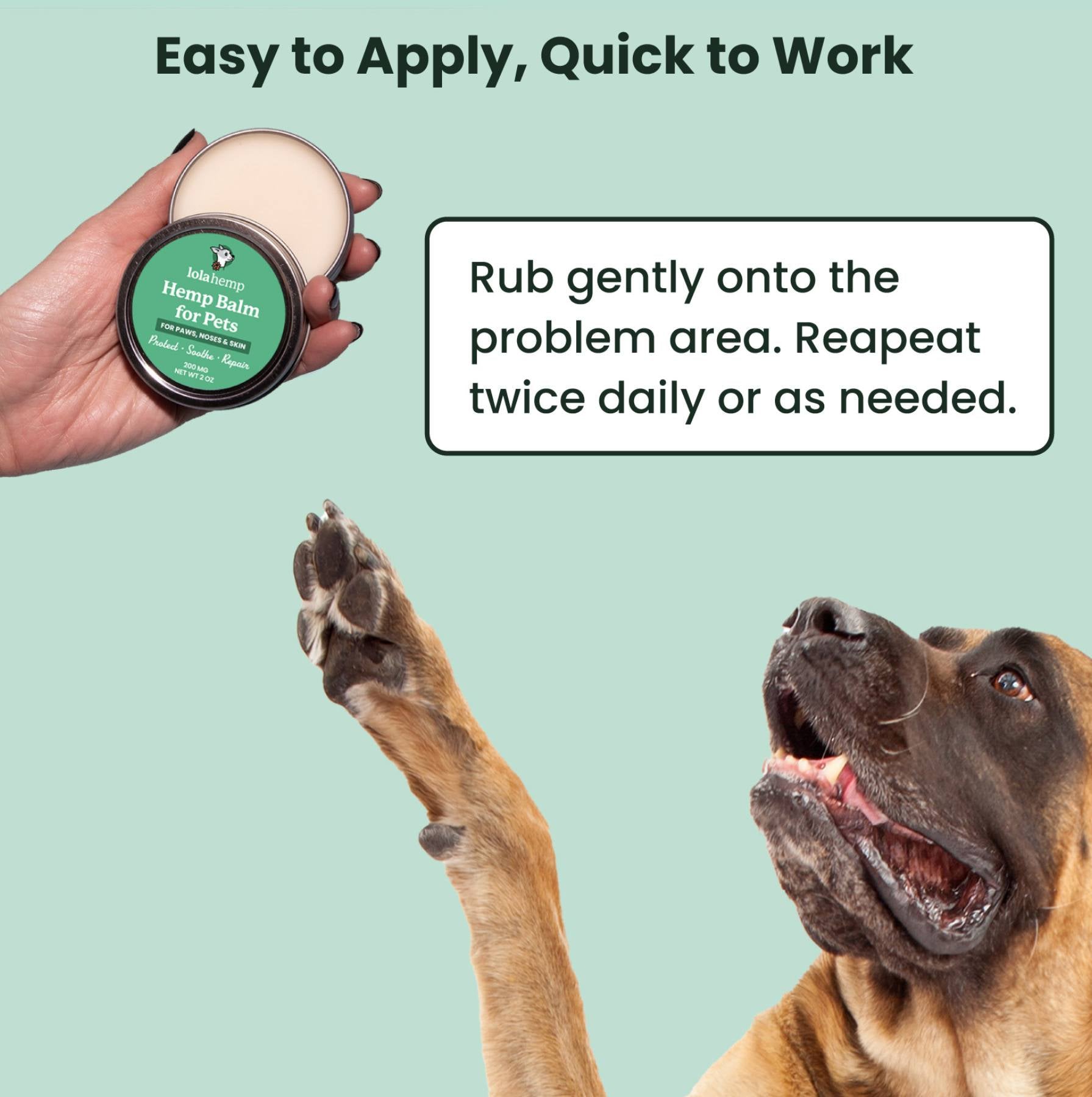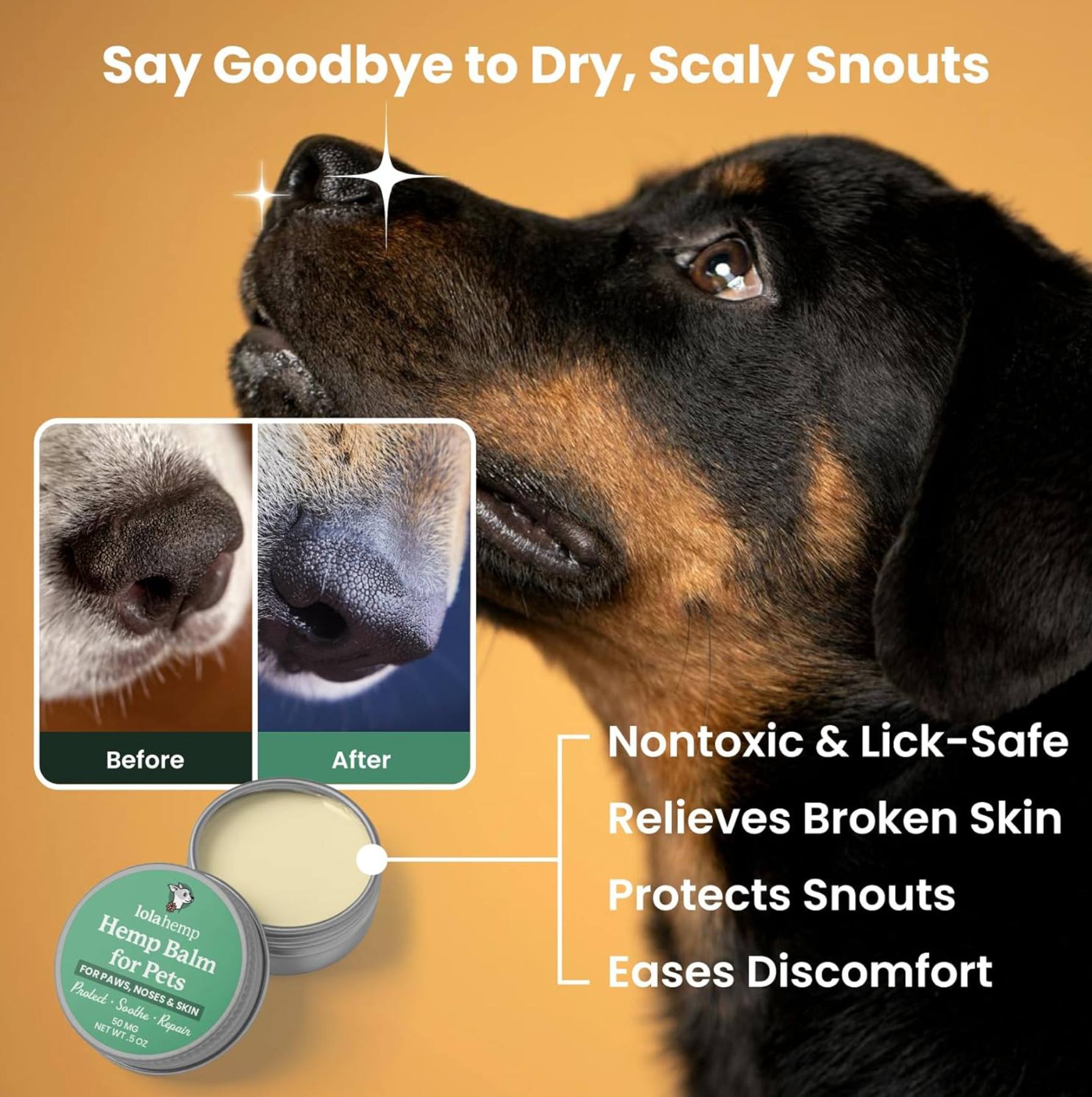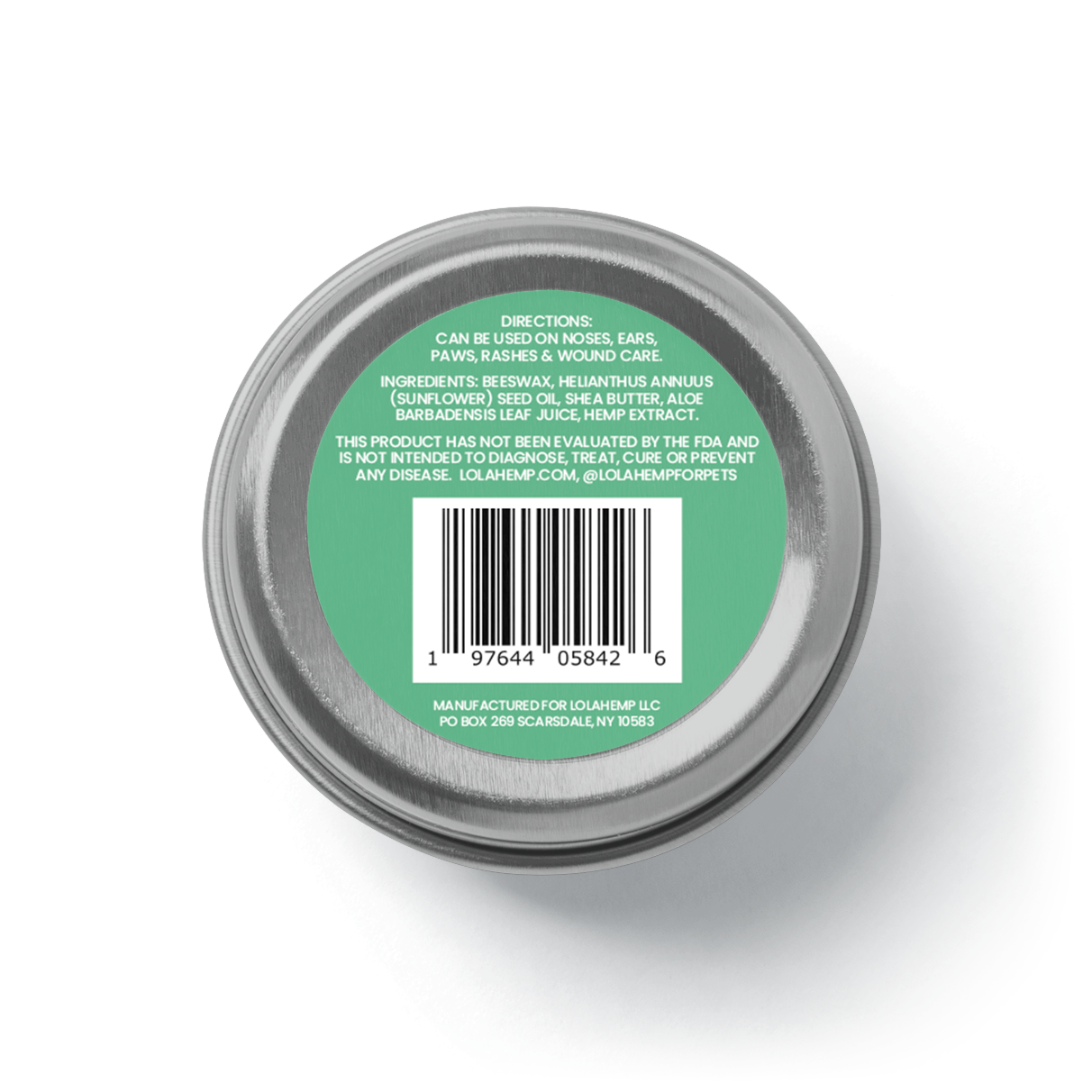Noticing small, reddish bumps on your dog's face, chest, and abdomen along with frequent itching? Your dog could have hives. While your first thought may be fleas or ticks, these bumps might actually be a sign of an allergic reaction, much like human hives.
Dogs can get hives, and they can be triggered by various factors, including allergies, insect bites, or environmental irritants. In this article, we’ll cover the causes and symptoms of dog hives, natural remedies like cold compresses, and tips for managing and preventing future flare-ups.
What are Hives, and What Do They Look Like on Dogs?
Hives on dogs, or urticaria, are an allergic reaction caused by various allergens. When a dog’s immune system mistakes harmless substances for threats, it releases histamines, causing blood vessels to dilate and triggering an allergic response. This results in red bumps or welts on the skin, along with itching and discomfort.
In many cases, dog hives resolve on their own within hours, but they can persist for days, requiring treatment to alleviate symptoms. Cold compresses and hemp balms are natural remedies that can provide relief. Hives often appear on areas like the face, chest, abdomen, legs, and even the tongue. Severe reactions, such as swelling in the face or respiratory system, can be dangerous and require immediate attention. Anxiety can also trigger hives in some dogs due to the body's heightened chemical response to stress.
Canine Hives Symptoms to Watch Out for
The most common symptoms of dogs breaking out in hives are raised red bumps. In some cases, some will fill up with fluids. The red color shows inflammation and increased blood flow to the affected area. If you touch the red bumps, they tend to be quite firm. The bump location can be in clusters and look like a large welt. Other times, they appear individually across different parts of the body.
Hives in the throat, mouth, and mucous membranes cause excessive drooling and facial swelling. Due to the discomfort, your dog will itch, lick, or bite the affected parts.
Be watchful for outbreaks near the nose and mouth. Such can result in veterinary emergencies. The swelling could impact the dog's breathing. Also, the skin around the nose and mouth is very sensitive and delicate. Thus, constant itching can tear the skin. That will make it hard for your dog to eat, drink, or breathe. Also, the tears provide an entryway for harmful bacteria, leading to secondary infections.

Why Do Dogs Get Hives?
Why is my dog breaking out in hives? Well, the number one cause of hives is an allergic reaction to many things. These include insect bites, anaphylactic reactions, contact allergies, and food allergies.
Other less common dog hive causes are stress, genetics, heat, friction, and anxiety. Extreme temperatures, mold, sunlight, and specific shampoos can also lead to an outbreak.
Treatment and Prevention of Dog Hives
Treating and preventing hives in dogs is essential for their comfort and well-being. Your vet may recommend medications such as injectable antihistamines or corticosteroids, which help reduce inflammation and ease discomfort. Common antihistamines like Benadryl, cetirizine, or Claritin can also be effective, but always consult with your vet before administering any medication.
While some at-home remedies, such as cold compresses or oatmeal-based shampoos and CBD topical pet balm can provide relief, it's important to follow your vet’s guidance. In severe cases, medications like epinephrine may be necessary, but they should only be administered under professional supervision.
If your dog experiences frequent hives, allergen testing and immunotherapy may be needed. This gradual exposure treatment aims to build tolerance to specific allergens. Environmental or dietary changes may also help prevent future outbreaks—pay attention to potential triggers, like plants or grasses during walks.

Emergency Considerations and Dangers of Dog Hives
While dog hives themselves aren't life-threatening, they can lead to severe complications depending on the cause. Hives on the neck, face, or throat can cause dangerous swelling, affecting your dog’s breathing and requiring emergency care. Anaphylaxis, a severe allergic reaction, is another life-threatening risk that needs immediate attention, marked by swelling, difficulty breathing, and collapse.
Persistent scratching can lead to secondary infections, as the skin may break, allowing bacteria to enter. If the hives reappear, it signals that the underlying cause hasn't been addressed, so a vet visit is necessary for proper diagnosis and treatment.
Conclusion
Dog hives are an allergic reaction that causes great discomfort to your beloved dog. Yet, in most cases, the hives outbreak is nothing to worry about. They tend to resolve within one or two days without needing intervention of any kind. During this time, keep up with monitoring your dog. If you notice an increase in symptoms or the emergence of worrying ones, please seek help from a vet.
Facial swelling, respiratory distress, vomiting and anaphylactic reaction can be dangerous. Finally, avoid the temptation of buying over-the-counter medications to treat dog hives. Please follow the vet's recommendation on care, medication, dosage schedules and more.
Frequently Asked Questions about Dog Hives
What causes hives in dogs?
Dog hives are most commonly caused by allergic reactions to insect bites, foods, environmental irritants, or medications. Stress, heat, or contact with certain plants or shampoos can also trigger outbreaks.
How long do dog hives last?
Most cases of dog hives resolve within 24 to 48 hours, though severe allergic reactions may last longer and require veterinary treatment to prevent complications.
Can I give my dog Benadryl for hives?
Benadryl can help relieve mild hives in dogs, but dosage depends on your dog’s weight and health status. Always consult your veterinarian before administering any medication.
Are dog hives dangerous?
While most hives are mild, hives near the mouth, nose, or throat can restrict breathing and become life-threatening. Seek emergency care if you notice swelling or respiratory distress.
How can I prevent my dog from getting hives?
Prevent hives by avoiding known allergens, using natural grooming products, and keeping your dog’s environment clean. Regular vet checkups and allergy testing can also help identify triggers.

